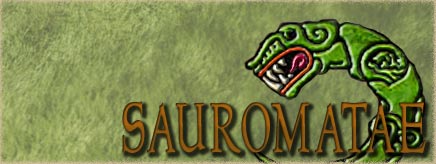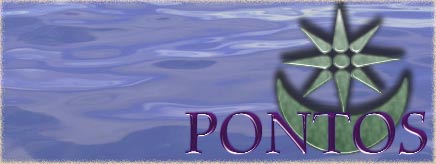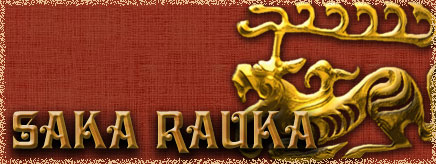As a supporter of Europa Barbarorum, i have become aware that the game didn't give player a good explanation about Parthian society especially when a group of lesser nobles called Dehbed appears in the Parthian army roster as it they are the forerunner of the Sassanid Dihqan but unfortunately i found no information about Dehbed at all. To make things worse, the strategy map have added a retinue called Dihqan chieftain for Pahlava general/family member while no solid evidence suggest that Dihqan appears in 272 BC.
As a player of EB, all i ask is a decent answer from the team.
Thank you.



 Reply With Quote
Reply With Quote

 donated by ARCHIPPOS for being friendly to new people.
donated by ARCHIPPOS for being friendly to new people. donated by Tellos Athenaios as a welcome to Campus Martius
donated by Tellos Athenaios as a welcome to Campus Martius








Bookmarks